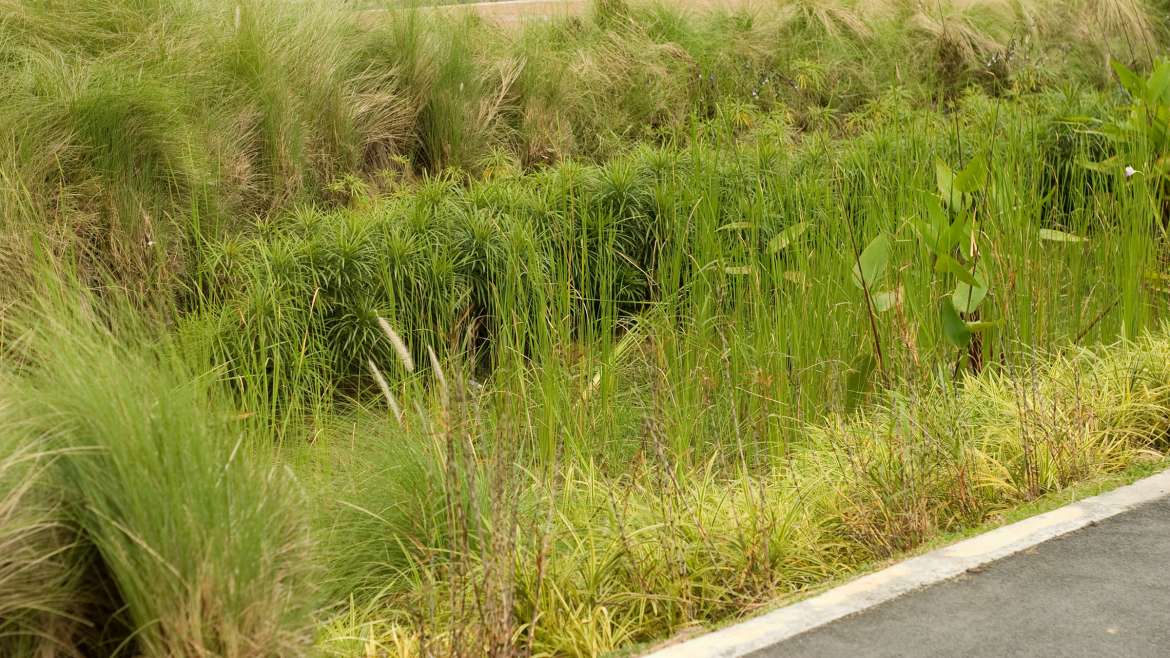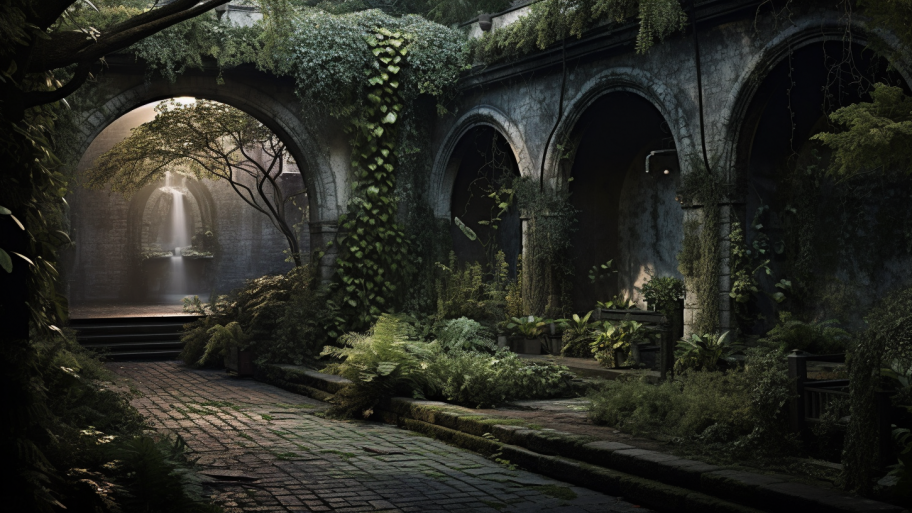You’ve learned about the concept and benefits of rain gardens, and now it’s time to bring your vision to life. In this second article of our series on rain gardens, we’ll guide you through selecting native plants and designing your rain garden to maximize its beauty, functionality, and ecological impact.
Selecting Native Plants for Your Rain Garden
Native plants play a crucial role in rain gardens, as they are adapted to local conditions, require less maintenance, and provide habitat for local wildlife. When selecting native plants for your rain garden, consider the following factors:
- Moisture tolerance: Choose plants that can tolerate both wet and dry conditions, as rain garden conditions can vary greatly throughout the year.
- Growth habits: Select plants with varying growth habits, such as tall, medium, and low-growing species, to create visual interest and accommodate different water depths within the rain garden.
- Bloom time: Opt for plants with different blooming periods to provide year-round color and nectar sources for pollinators.
- Wildlife value: Prioritize plants that provide food, shelter, or nesting materials for birds, butterflies, and other beneficial insects.
Designing Your Rain Garden: Layering and Plant Spacing
Incorporating design principles such as layering and proper plant spacing will ensure your rain garden is both visually appealing and functional:
- Layering: Arrange plants in layers, starting with the tallest plants in the center or back of the garden, medium-height plants in the middle, and low-growing plants along the edges. This creates a sense of depth and visual interest in your rain garden.
- Plant spacing: Space plants according to their mature size to avoid overcrowding and competition for resources. Proper spacing also ensures adequate airflow and sunlight, reducing the likelihood of disease and pest issues.
- Plant groupings: Plant in groups or clusters of the same species to create a more natural and cohesive look. This also makes it easier for pollinators to locate and access their preferred nectar sources.
Rain Garden Aesthetics: Creating Visual Interest and Seasonal Appeal
A well-designed rain garden is not only functional but also visually captivating. Consider these design tips to create a beautiful, dynamic rain garden:
- Color: Incorporate plants with a variety of flower and foliage colors to create a vibrant and engaging display. Coordinate or contrast colors to suit your personal taste and style.
- Texture: Mix plants with different foliage textures, such as feathery grasses, broad-leaved perennials, and delicate ferns, to add depth and complexity to your rain garden.
- Form: Choose plants with diverse forms and growth habits, like upright, mounding, or cascading species, to provide structure and balance to your garden.
- Seasonal interest: Select plants with unique features like colorful bark, seed pods, or berries to add interest during non-blooming seasons.
With your rain garden now designed and planted, the final step is to ensure its long-term success by caring for and monitoring its health. In the third article of our series, “Nurturing Nature: Mastering Rain Garden Maintenance and Monitoring,” we’ll provide you with the knowledge and tools needed to maintain a thriving rain garden that supports biodiversity and manages stormwater effectively. Visit the final article now to complete your rain garden journey and enjoy the benefits of your beautiful, ecologically impactful creation.




